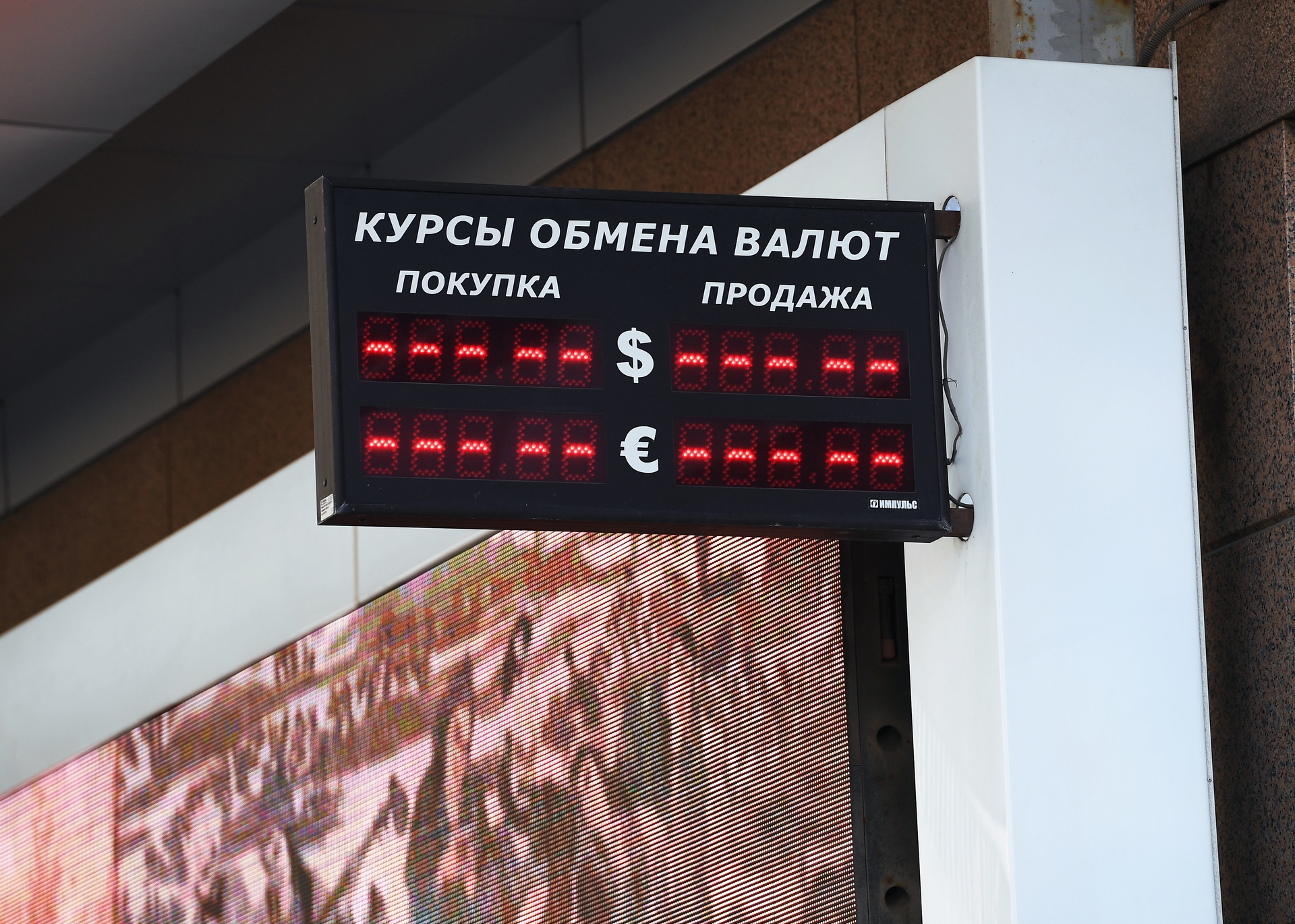On Monday, August 24, trading on the global energy market is accompanied by an increase in world oil prices. In the second half of the day, quotations of crude oil of the benchmark Brent and American WTI rose by more than 1% to $ 45.4 and $ 42.8 per barrel, respectively.
The rise in oil prices is taking place against the background of alarming weather forecasts - hurricane Marco and tropical storm Laura are moving towards the American coast. As a result of natural disasters, oil companies of the United States had to stop 57.6% of oil production in the Gulf of Mexico and evacuate some of their personnel. This was announced yesterday by the US Bureau of Safety and Environmental Control.
As the chief analyst of TeleTrade Group Mark Goikhman said in an interview with RT, reports of hurricanes traditionally lead to an increase in hydrocarbon prices. Thus, market participants are afraid of possible interruptions in the production and supply of energy raw materials.
“The Gulf of Mexico region accounts for about 17% of all US oil production. This is the south of the country, where the water area is closed by land on several sides. Therefore, in the summer, the waters get very hot, and their energy often forms tropical storms and hurricanes. This poses a threat to the oil field concentrated in this area, due to which production is suspended, and less oil is supplied to the market, "explained Goikhman.
According to Denis Ikonnikov, portfolio manager of QBF IC, usually the peak of the annual hurricane season in the United States occurs in September. At the same time, in the event of a complete stop of oil production in the Gulf of Mexico, the world market may lack about 1.8 million energy resources per day, the analyst said in a conversation with RT.
In addition, the actions of the countries participating in the OPEC + deal remain one of the main factors in the rise in oil prices, Ikonnikov added. As a reminder, since May 1, the members of the agreement have resumed their partnership and, in order to combat the global surplus of raw materials, they are reducing oil production. The actions of the states should lead to the restoration of the balance of demand and supply of hydrocarbons in the world market and thereby support the rise in prices after the spring collapse.
From May to July, production of raw materials in the countries participating in the agreement decreased by a total of 9.7 million barrels per day compared to the level of October 2018. Since August, the states have agreed to somewhat soften the restrictions - up to 7.7 million barrels. As analysts note, as a result of the actions of states, a deficit may appear in the global commodity market in the fall.
“According to the US Energy Information Administration (EIA), in the third quarter of 2020, global oil demand will exceed supply. To a large extent, this will be achieved precisely through the OPEC + deal, ”stressed Denis Ikonnikov.
Moreover, the recovery of industry in China, the largest consumer of energy raw materials in the world, has a positive impact on the price of oil. This point of view in a conversation with RT was expressed by Alexey Kalachev, an analyst at the Finam Group.
Note that in July, the growth of business activity in the manufacturing sector of the PRC accelerated to a maximum in the last nine and a half years after a sharp drop at the beginning of the year. This is stated in the materials of the analytical agency Caixin.
As the expert of the Academy of Finance and Investment Management Alexei Krichevsky told RT, in the current conditions, the cost of Brent oil in the near future may overcome the psychological mark of $ 47 per barrel. Further price dynamics will largely depend on the situation with the coronavirus pandemic in the world, the analyst added.
“The subsequent movement of quotations will be influenced by the dynamics of the spread of COVID-19 and the growth rate of global GDP. The faster the world economy returns to pre-crisis values, the more likely it is that prices will recover to levels above $ 50 per barrel, ”Krichesvkiy explained.
- RIA News
- © Ekaterina Chesnokova
The rise in oil prices had a positive impact on the dynamics of the Russian currency.On Monday, the dollar rate on the Moscow Exchange fell 0.8% to 74.17 rubles, while the euro rate dropped 0.45% to 87.72 rubles.
The official exchange rate of the Central Bank on August 25 was set at 74.42 rubles per dollar and 87.9 rubles per euro.
According to Denis Ikonnikov, the expected recovery in oil prices will continue to support the national currency in the near future. At the same time, the policy of the Central Bank can also play in favor of the ruble, says Aleksey Kalachev.
“The dynamics of the Russian currency now depends on a number of factors, including the policy of the Central Bank, the interest of foreign capital in the Russian markets and the costs of state-owned companies to pay dividends. Now everything is quite balanced, so at the moment the dollar rate has stabilized in the range of 72-75 rubles, ”concluded Kalachev.

